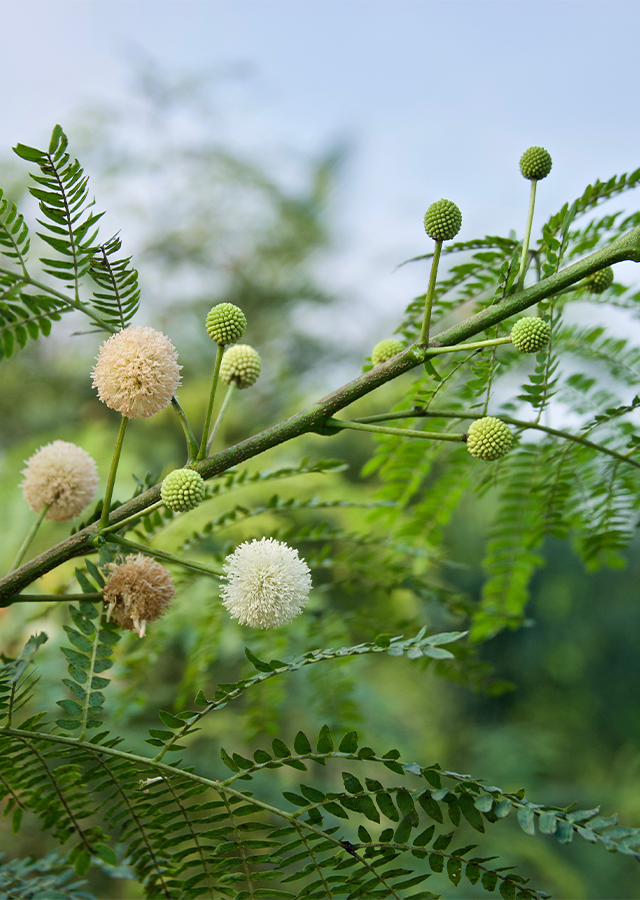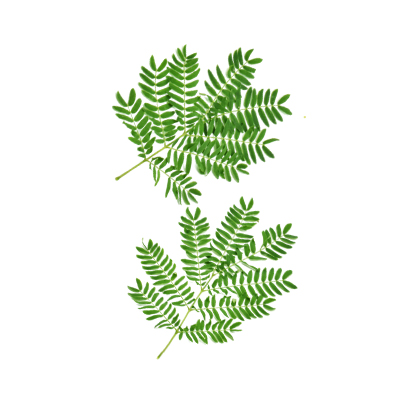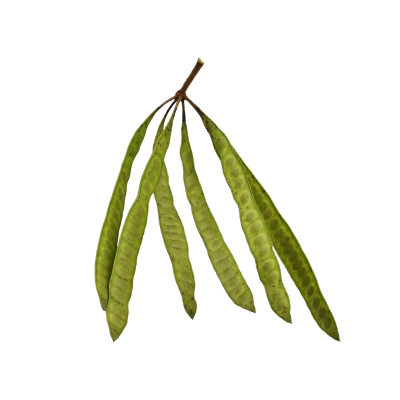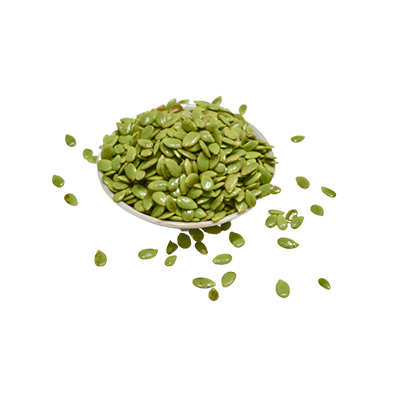White Lead Tree
Leucaena leucocephala (Lam.) De Wit.
Fabaceae
Location in our garden
Principal



Synonym
Acacia leucocephala (Lam.) Link
Mimosa leucocephala Lam.
Habitus
Shrubs. Evergreen perennial shrub or tree with a fairly open, that can grow up to 5-20 m tall.
Part Used
Leaves
Seeds
Fruit
Roots
Growing Requirements
Full Sunshine
Drought Resistant
Habitat
Coastal
Overview
L. leucocephala is one of the fastest growing legumenous trees. It was the most common member of the genus, but is now considered pantropical, its native range and originating in Mexico to Central America. In the 1500's, this plant was brought by the Spanish to the Philippines, perhaps as cattle feed. In Taiwan, Northern Australia, Hawaii and Fiji it spread from there and has become "invasive". Starting in the 1980s, it was moved from American stock to Australia, Africa and China. Leucaenas dominate the vegetation on coralline soils in South-East Asia.
Vernacular Names
Yin he huan (Chinese), Lamtoro (Malaysia), Cassi (French), Bo chet (Vietnam), Kra thin (Thailand), Elena (Philippines), Kathin (Laos), Kubabul (India).
Agroecology
L. lecocephala requiring warm temperatures for optimum growth. It grows best in the range of 25-30 ° C with an average annual temperature and an average annual rainfall of 650-3,000 mm. At altitudes up to 1,500 m. It grows well only in humid and subhumid climates with moderate dry seasons, they requires annual rainfall of 650-1500 mm. Tolerant to a variety of soils, including calcareous, damp and dry soils. A pH in the 6-7.7 range is favored. Plants are very tolerant of drought and of winds laden with salt.
Morphology
- Root - taproot development is rapid in young plant and deep rooted.
- Stems - typically 10-35 cm, shrubby and strongly branched in diameter. Bark is mid graybrown with longitudinal vertical fissures of shallow rusty orange brown; reddish slash.
- Leaves - 4-9 pairs of leaflets per leaf, and 13-21 pairs of leaflets per leaflet. The leaflets are small, 9-21 mm long, 2-4.5 mm wide, weakly elliptic or linear-oblong.
- Flowers - white or pale cream-white, arranged on compact globose heads, with heads 12-21 mm in diameter and 100-180 flowers per head. Calyx tubular-campanulate and petals spathulate.
- Fruits - flat thin legumes which when mature, are dark brown; they are 10 to 15 cm long and 1,5 to 2,0 cm broad, straight, dehiscent and pendant. A fruit is composed of 15 to 20 seeds.
- Seeds - tiny, flat, teardrop-shaped (8 mm long), obtuse at apex, cuneate at base, shiny, and dark brown with a thin yet very durable seed coat.
Cultivation
- Generative propagation is by seed. Pre-soak in warm water for 24 hours before sowing in containers. It is possible to achieve a 50-80 percent germination rate in 8 days.
- Vegetative propagation is by cuttings of semi-ripe wood has been effective. Cuttings has worked for Indonesia, Thailand and Taiwan.
Chemical Constituents
- Steroids, triterpenoid, benzenoids, tannin, mimosine, phosphorus, ß-carotene. The plant has high nutritive contents like protein, carbohydrates, fat, amino acid (isoleucine, leucine, methionine, phenylalanine).
Traditional Medicinal Uses
- Mimosine suppressed liver and lung cancer cell proliferation and prevented the progression of the cell cycle.
- Against both Gram-positive and Gram-negative bacteria, seed oil extract showed activity.
- For antioxidant and cytotoxic function, dried leaf extract was evaluated.
- The seeds used to roast are emollient.
- Seeds are eaten to get rid of round worms in China and Indonesia.
- Aqueous extract from boiled seeds used for diabetes is used in Mexico and Indonesia.
- In Latin America, bark and roots decoction, as contraceptive, depilatory, ecbolic, is a strong emmenagogue.
- Used as Abortifacient in the West Indies.
Part Used
Reference Sources
- Aderibigbe, S. A., Adetunji, O. A., & Odeniyi, M. A. (2011). Antimicrobial and pharmaceutical properties of the seed oil of Leucaena leucocephala (Lam.) de Wit (Leguminosae). African Journal of Biomedical Research, 14(1), 63-68.
- Chang, H. C., Weng, C. F., Yen, M. H., Chuang, L. Y., & Hung, W. C. (2000). Modulation of cell cycle regulatory protein expression and suppression of tumor growth by mimosine in nude mice. International journal of oncology, 17(4), 659-724.
- Hammond, A. C. (1995). Leucaena toxicosis and its control in ruminants. Journal of Animal science, 73(5), 1487-1492.
- Meena Devi, V. N., Ariharan, V. N., & Nagendra Prasad, P. (2013). Nutritive value and potential uses of Leucaena leucocephala as biofuel–a mini review. Research Journal of Pharmaceutical, Biological and Chemical Sciences, 4(1), 515-521.
- Ter Meulen, U., Struck, S., Schulke, E., & El Harith, E. A. (1979). A review on the nutritive value and toxic aspects of Leucaena leucocephala. Trop Anim Prod, 4(2).113-126.
- http://apps.worldagroforestry.org/treedb/AFTPDFS/Leucaena_leucocephala.PDF.
- https://uses.plantnet-project.org/en/Leucaena_leucocephala_(PROSEA).
- https://pdf.usaid.gov/pdf_docs/PNAAJ944.pdf.
- https://www.hort.purdue.edu/newcrop/duke_energy/Leucaena_leucocephala.html.



